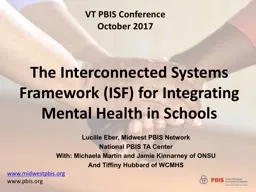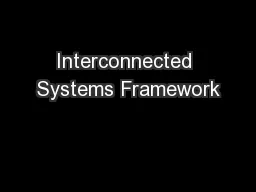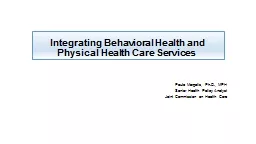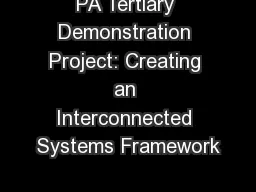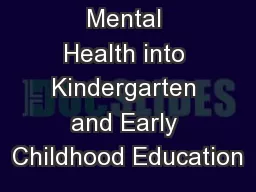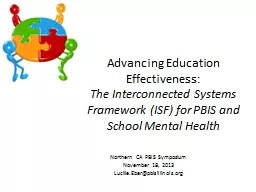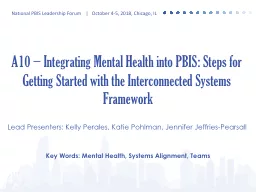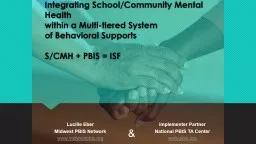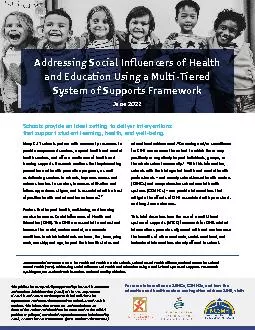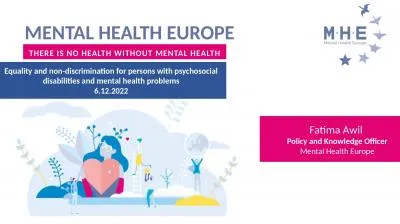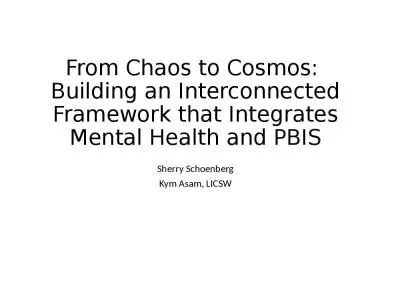PPT-The Interconnected Systems Framework (ISF) for Integrating Mental Health in Schools
Author : phoebe-click | Published Date : 2018-11-03
VT PBIS Conference October 2017 Lucille Eber Midwest PBIS Network National PBIS TA Center With Michaela Martin and Jamie Kinnarney of ONSU And Tiffiny Hubbard
Presentation Embed Code
Download Presentation
Download Presentation The PPT/PDF document "The Interconnected Systems Framework (IS..." is the property of its rightful owner. Permission is granted to download and print the materials on this website for personal, non-commercial use only, and to display it on your personal computer provided you do not modify the materials and that you retain all copyright notices contained in the materials. By downloading content from our website, you accept the terms of this agreement.
The Interconnected Systems Framework (ISF) for Integrating Mental Health in Schools: Transcript
Download Rules Of Document
"The Interconnected Systems Framework (ISF) for Integrating Mental Health in Schools"The content belongs to its owner. You may download and print it for personal use, without modification, and keep all copyright notices. By downloading, you agree to these terms.
Related Documents

